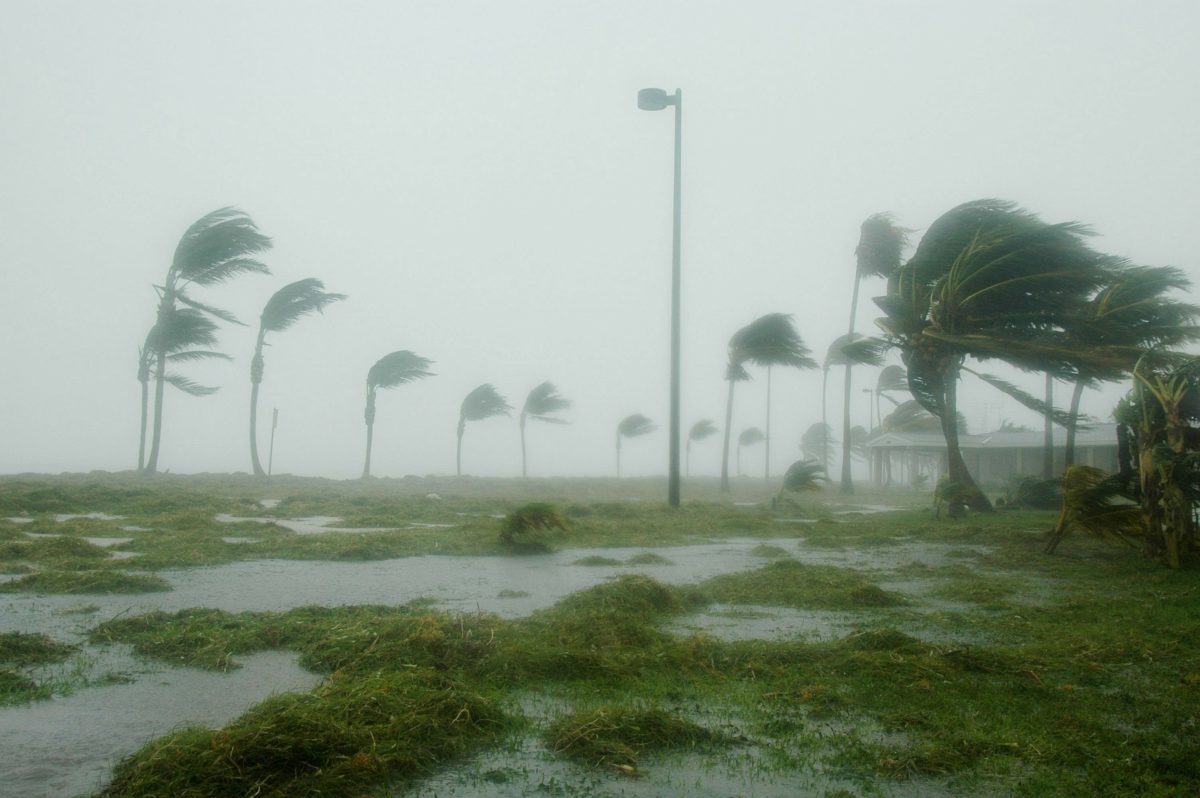Researchers from the Strategic Energy Analysis Center at the U.S. Department of Energy’s National Renewable Energy Laboratory (NREL) have evaluated how solar plants could perform during hurricanes.
Solar could continue to provide back-up power, even if grids are down during hurricanes, the scientists claimed, especially if tied to energy storage systems or relying on an appropriate inverter.
The researchers performed simulations based on weather data from U.S. cities hit by 18 hurricanes from 2004-17 to estimate output from small scale solar projects before, during and after the weather events studied. “We also evaluate the potential for PV, when coupled with storage, to be able to serve some level of load at a constant rate during and after each of these hurricanes,” said the NREL group.
Methodology
The researchers used data from the National Solar Radiation Database for the 18 cities studied and then calculated hurricane start and end times based on recorded wind speeds. Weather data were then used to simulate hourly solar generation for each city for the whole year in which each hurricane hit. The simulations used the NREL’s System Advisor Model, which makes performance predictions and cost-of-energy estimates for grid-connected power projects based on installation, operating costs and system design parameters.
The NREL group assumed the solar installations were not damaged by the hurricane; electricity generation was limited by the amount of irradiance; and the PV systems kept operating despite grid outages. For solar-plus-storage simulations, it was assumed batteries would only charge from their associated PV systems. “We also assumed that the state of charge for the battery at the start of the hurricane was 100%, in preparation [for] a possible outage,” said the NREL group.
Results
The simulations showed the clouds associated with hurricanes reduced solar output but generation was still high, due to large volumes of diffuse irradiance. “Across the 18 hurricanes, the PV generation during the event never declines below 18% of the clear-sky potential and in some cases is nearly 60% of the clear-sky potential,” said the researchers.
Before the onset of the extreme weather events, the PV systems simulated performed at 39-90% of their clear-sky potential. Afterwards, the figure rose to 46-100%.
The power generated during hurricanes helped reduce the discharge rate of batteries in the solar-plus-storage simulations, said the NREL team, increasing the loads storage could provide before emptying. “After the period where the battery state of charge initially reaches zero, the increase in sunshine allows the PV and battery systems to serve a greater amount of load,” said the researchers.
Data
The NREL group said there was limited data related to actual PV system generation during hurricanes, prompting a need for further research.
The results of the simulations were presented in the paper The potential for using local PV to meet critical loads during hurricanes, published in Solar Energy and on the ScienceDirect website.
A recent report from U.S.-based research body the Rocky Mountain Institute cited the damage extreme weather events can cause to ground-mounted and rooftop solar installations. The study examined the post-hurricane state of 25 rooftop systems on five Caribbean islands. The engineers noted similarities in systems which failed under the strain of high winds as well as shared characteristics among systems which survived.
This content is protected by copyright and may not be reused. If you want to cooperate with us and would like to reuse some of our content, please contact: editors@pv-magazine.com.




By submitting this form you agree to pv magazine using your data for the purposes of publishing your comment.
Your personal data will only be disclosed or otherwise transmitted to third parties for the purposes of spam filtering or if this is necessary for technical maintenance of the website. Any other transfer to third parties will not take place unless this is justified on the basis of applicable data protection regulations or if pv magazine is legally obliged to do so.
You may revoke this consent at any time with effect for the future, in which case your personal data will be deleted immediately. Otherwise, your data will be deleted if pv magazine has processed your request or the purpose of data storage is fulfilled.
Further information on data privacy can be found in our Data Protection Policy.